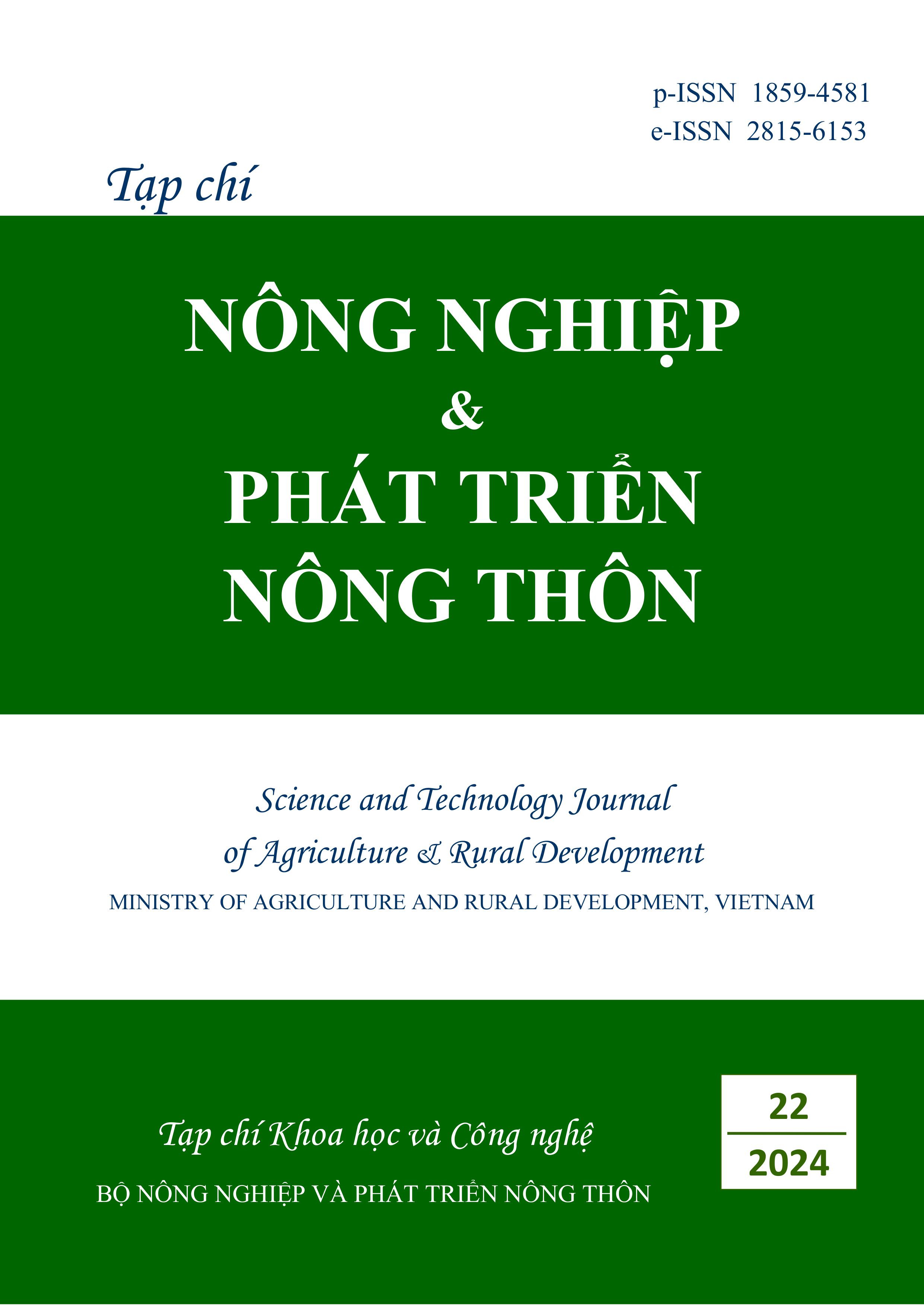Identification of Phytophthora palmivora causing disease on monthong durian (Durio zibethinus L. ‘Monthong’) by morphological and molecular characteristics
DOI:
https://doi.org/10.71254/w3sz0323Keywords:
Durian, Phytophthora palmivora, morphological characteristic, Ypt1 gene, GUP geneAbstract
Plant disease caused by Phytophthora palmivora on durian trees is becoming increasingly complex and challenging to control, while accurately identifying the causative agent remains difficult. In this study, P. palmivora isolates were obtained from infected stems, fruits and soil from Monthong orchards in several Southern provinces in 2023. P. palmivora strains were identified based on morphological characteristics and confirmed by Koch's postulates. Then, the PCR products with specific primers Yph1F/Yph2R of the Ypt1 gene region and primers GUPal6fw/GUPal8rv of the GUP gene region were used to identify the pathogen species. A total of 20 P. palmivora strains were isolated, all of which had spherical chlamydospores with an average size of 31.63 - 47.93 µm. The sporangium had a clear truncated or hemispherical papilla with an average size of 4.37 ± 1.75 µm. The sporangia were inverted pear-shaped, oval, elliptical, and ovoid, with an average size of 37.00 - 64.75 × 27.25 - 45.75 µm and a length/width ratio ranging from 1.13 to 1.87. The PCR products of the Ypt1 and GUP gene regions of the P. palmivora strains had sizes of 450 - 470 bp and 150 bp, respectively. The Ypt1 gene sequences of 7 P. palmivora strains (DL1, LD1, DN3, DNg, GL3, TG2, Btr1) showed 99 - 100% similarity to the P. palmivora strain (KU645765.1) with a coverage of over 99%.






